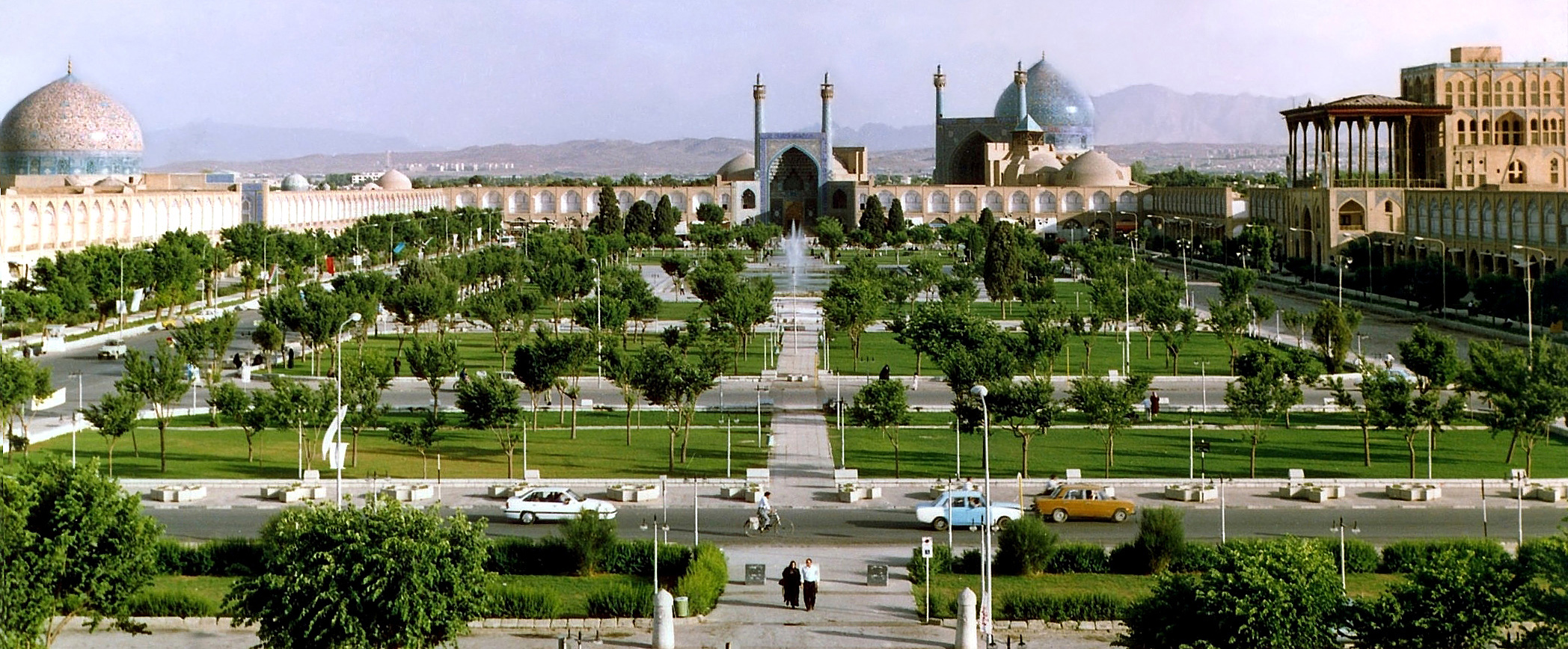The buffer zones of Naqsh-e-Jahan Square, Qehi Village and Monar Jonban monuments plus their surrounding landmarks have been demarcated in Isfahan Province.
This was undertaken during a meeting last week of the Buffer Zone Committee of Iran's Cultural Heritage, Handicrafts and Tourism Organization, which was attended by leading experts of the province, Khabaronline reported.
Cultural heritage sites are demarcated by buffer zones that are divided into three areas, with Zone 1 being the closest to and Zone 3 furthest from the main site.
A buffer zone provides an additional layer of protection to a historical or cultural property, separating it from other sites and ensuring no harm comes to the site.
Any construction, manipulation and division within the determined zones and any alteration or activity that cause damage to the facade, land and building of a historical or cultural site is prohibited.
Activities involving archeological studies, research and restoration, which aim to protect the cultural and historical qualities of the sites, will be granted permission following the submission of a proposal and its approval by ICHHTO.
Naqsh-e-Jahan Square, together with 116 sites around it, such as mosques, houses, guesthouses, bathrooms, caravanserais, palaces and markets, were declared a buffer zone by the committee.
Located at the heart of Isfahan, the 17th-century square is a UNESCO World Heritage Site. The square is surrounded by buildings from the Safavid era (1501-1722).
Imam Mosque is situated on the south side of this square, while on the west side the famed landmark Aliqapu Palace is located. Sheikh Lotfollah Mosque is situated on the eastern side of Naqsh-e-Jahan and at the northern end, Qeysariyeh (Keisaria) Gate opens into the Isfahan Grand Bazaar.
Monar Jonban (Shaking Minarets) was constructed in the 14th century to cover the grave of Amu Abdollah Soqla. Its notable feature is that if one of the minarets is shaken, the other minaret also shakes.
Qehi Village is famous for its historical buildings dating back to the Safavid and Qajar (1785-1925) eras. It boasts 20 nationally inscribed sites.


